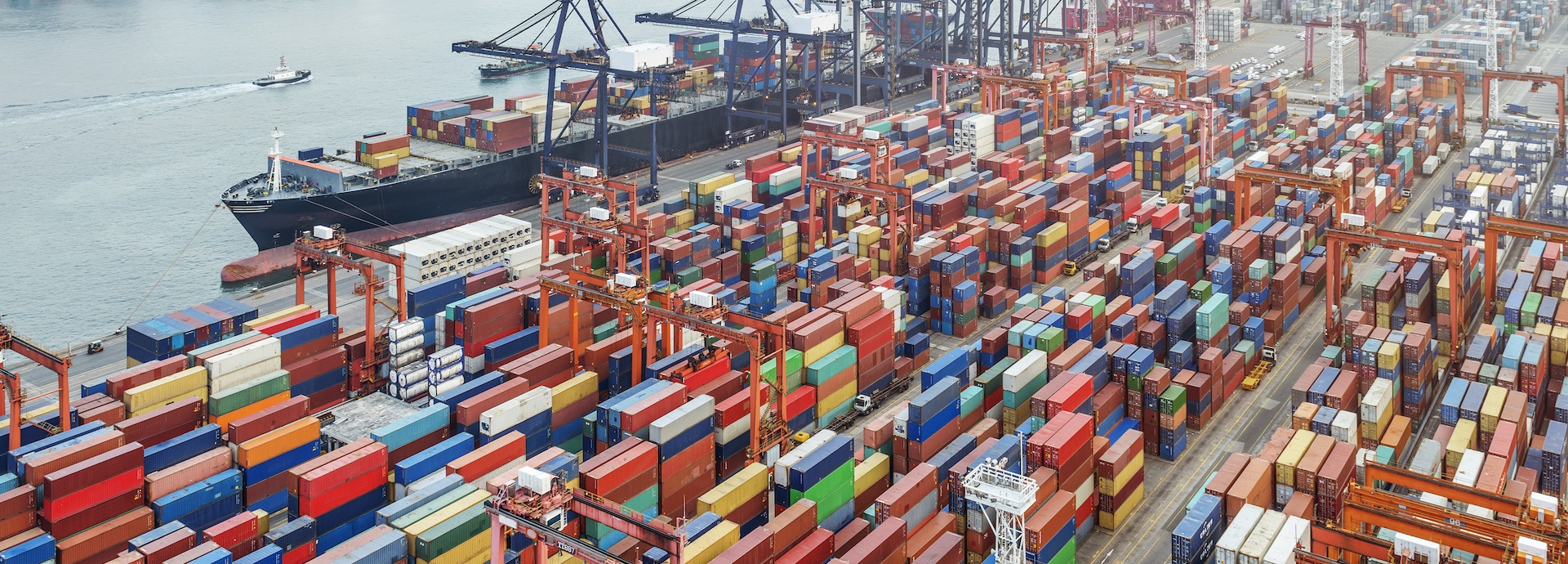

Trade disruptions primarily caused by COVID-19 have subsided. However, the lessons learned from the pandemic, the Russian invasion of Ukraine, and other force majeure events are causing a paradigm shift in the global supply chain.
According to the Federal Reserve Bank of New York’s Global Supply Chain Pressure Index, supply chain pressures have fallen substantially from their November 2021 highs. They are now below the global average of the past 25 years.
“Congestion at major ports is largely resolved, but there are still many challenges for the global container shipping sector,” says Mark Millar, a supply chain expert and author of Global Supply Chain Ecosystems.
While decongested ports and reduced shipping delays have ended the so-called “containergeddon”, global supply chains face a reckoning and must adapt to the next normal.
Shorter, regional supply chains will enable companies to reduce lead times, freight costs and emissions; at the same time as increasing control, responsiveness and resilience.
Supply chains are becoming more regional
Before COVID-19 lockdowns became a recurring feature of life in China’s largest port cities in 2022, nearly 30% of global manufacturing exports came from the world’s second-largest economy.
“COVID-19 highlighted the dependence on China and certain other regional manufacturing hubs,” says Vijay Kannan, the head of Utah State University’s management department. “We've now realised that there's significant risk with that over-concentration.”
This realisation has resulted in renewed efforts by private companies to develop regional supply chains, with manufacturing moving closer to demand centres.
“Shorter, regional supply chains will enable companies to reduce lead times, freight costs and emissions; at the same time as increasing control, responsiveness and resilience,” lists Millar.
However, Kannan warns that regionalisation is an ongoing process. “It takes time to build alternative supply chains,” he says, pointing out that China spent 40 years developing its manufacturing, transport, and port infrastructure. “You're not going to build or rebuild supply chains overnight.”
Rethinking supply chain infrastructure
Cecilia Strokirk, a senior expert advisor of transport and logistics at the RISE Research Institutes of Sweden, says companies are now looking to build supply chains in friendly regions and putting more of a premium on geopolitical stability and security.
For United States-based companies, this has meant moving operations from China to Mexico, which is in a free trade agreement with the U.S., well-connected by land and has a comparatively cheap urbanised workforce. Across the Atlantic, many European firms are moving to Turkey for similar reasons.
However, Strokirk says private companies and stakeholders must rethink transport and other supportive infrastructure when moving goods along new supply chain segments.
For example, countries reshoring manufacturing sectors need to use more warehouses closer to the supply chain.
According to some logistics experts, warehouses are the most significant bottleneck along the flow of goods. One way to avoid more warehouses becoming part of the bottleneck problem may be to turn them into flexible supply chain nodes instead of fixed ones.
Karl Siebrecht, chief executive of the logistics provider Flexe, says this can be done by creating networks of warehouses that lease space, which companies can rent on a short-term basis according to current and forecasted demand.
Strokirk adds that companies and stakeholders must also identify how warehouses connect with other supply chain nodes, such as factories and ports in multimodal transport flows.
As a result, transport infrastructure is critical to creating resilient supply chains. Strokirk says individual nodes in the supply chain should be connected in multiple ways.
“You have to make sure you have a completely different and flexible logistics strategy from now on,” she says. “The required reorganisation will possibly take five to ten years.”
You have to ensure this digital flow throughout the supply chain. This makes it easier to see disruptions, follow the freight and the goods in real-time, and see interruptions that occur across the supply chain to be able to replan and avoid risks.
The future of supply chains is digital
Experts believe global shipping and supply chains must also take advantage of digitalisation to become more agile and resilient. Strokirk says the COVID-19 pandemic forced companies previously reliant on pen and paper to shift online, giving them greater oversight of their supply chains.
While many companies continue to move operations online, Strokirk believes digitalisation will incorporate artificial intelligence (AI), blockchain, and other new technologies into the supply chain.
Experts see AI as a time- and cost-efficient way to parse reams of data and use algorithms to forecast future demands and prices. Meanwhile, blockchain technology can make supply chains more sustainable by ensuring traceability and accountability.
However, for this digital revolution to take hold, Strokirk emphasises the need for systems to adhere to global standards and be interoperable.
“You have to ensure this digital flow throughout the supply chain,” she says. “This makes it easier to see disruptions, follow the freight and the goods in real-time, and see interruptions that occur across the supply chain to be able to replan and avoid risks.”
For the success of any digitalisation accompanying the supply chain, it must be secure. With increased flows of data associated with physical goods, companies must renew their focus on cybersecurity and ensure they are working with partners they can trust.
Supply chains are changing
The COVID-19 pandemic demonstrated the vulnerability of global supply chains that have dominated the world’s economic growth for the past three decades.
Now, manufacturers are scrambling to build more resilient and agile supply chains by moving manufacturing hubs closer to demand centres, revisiting local associated infrastructure, and incorporating new technologies.
“Through to 2030, the world of supply chains is going to change quite dramatically,” says Millar.


